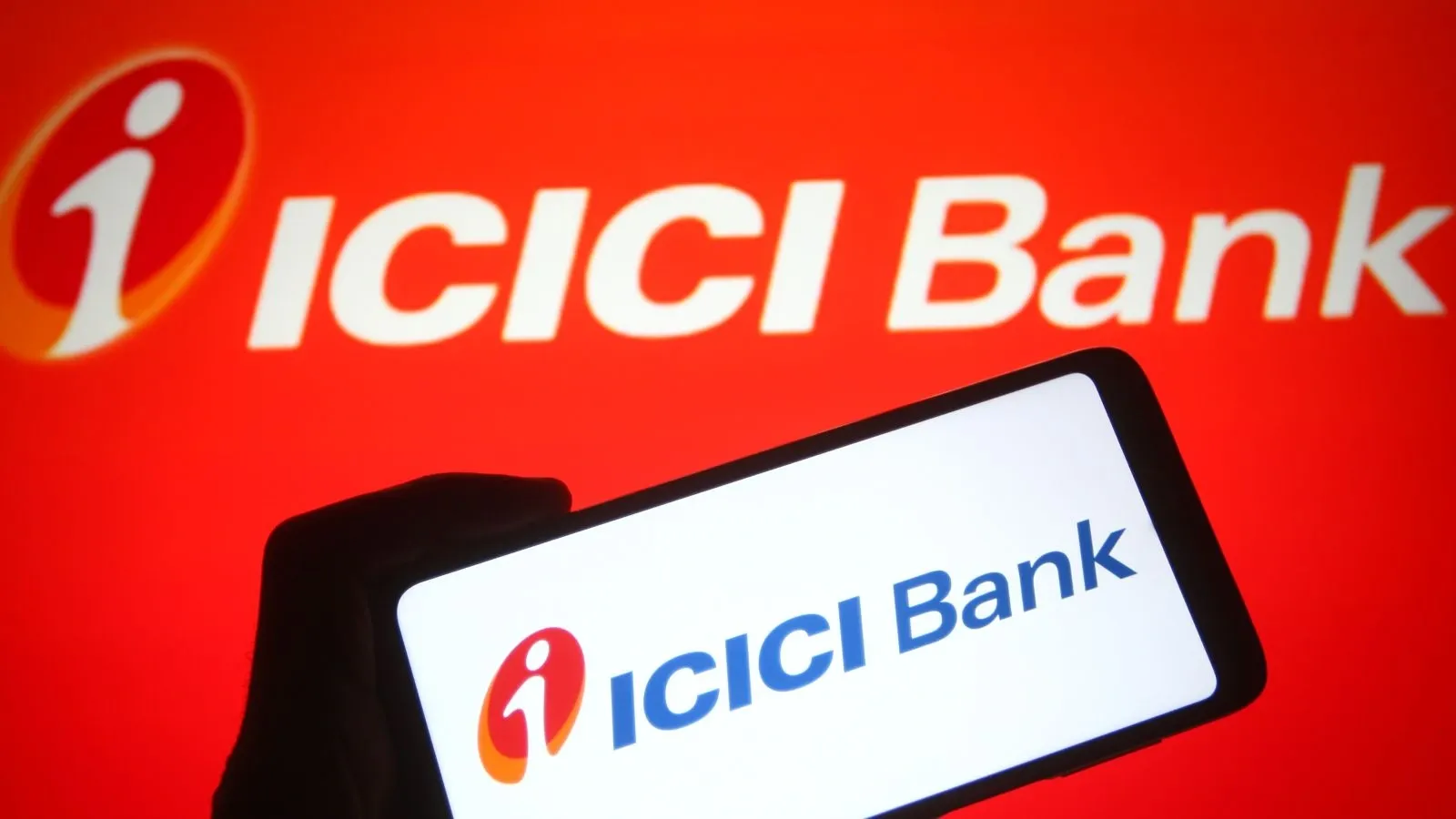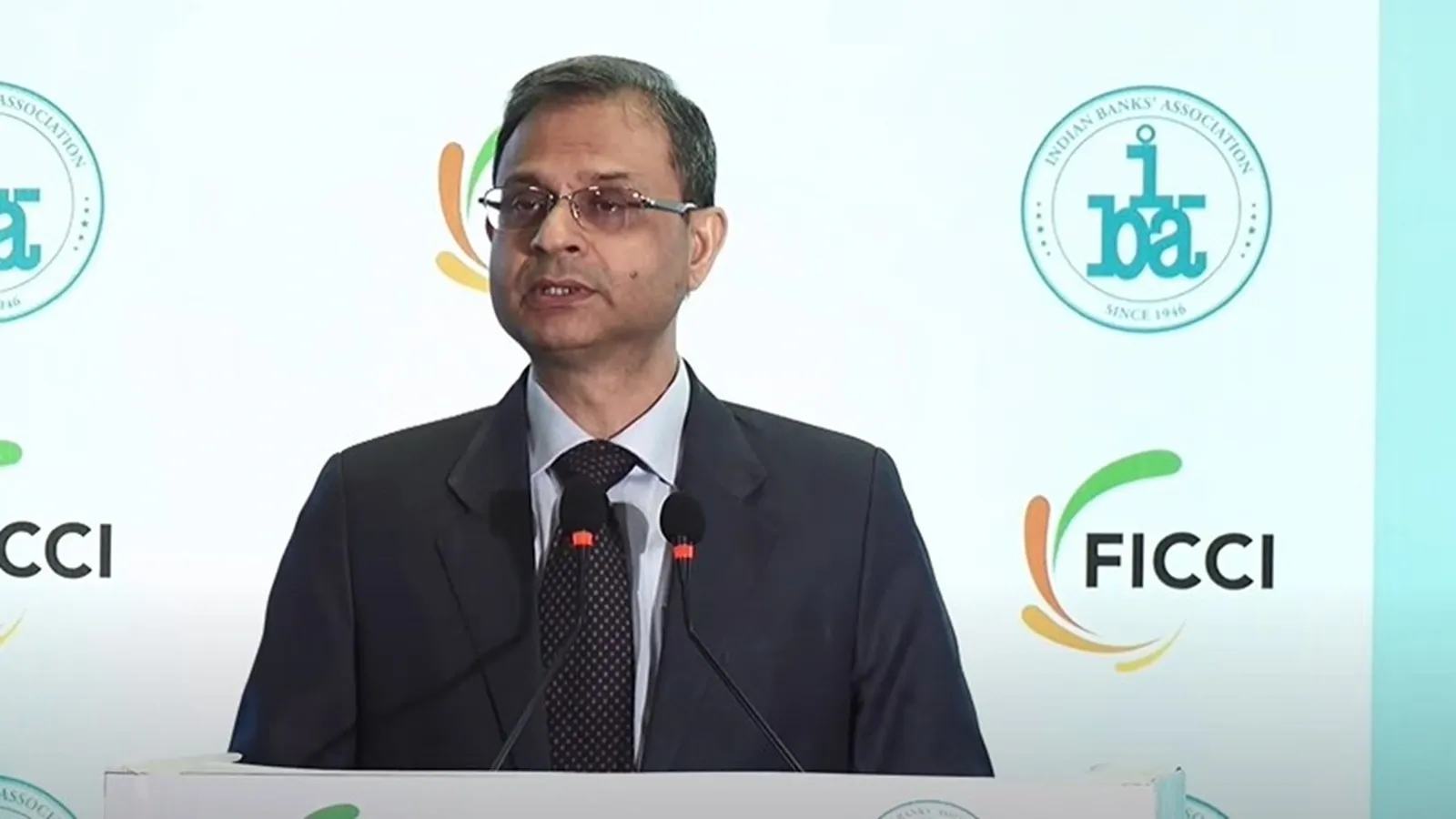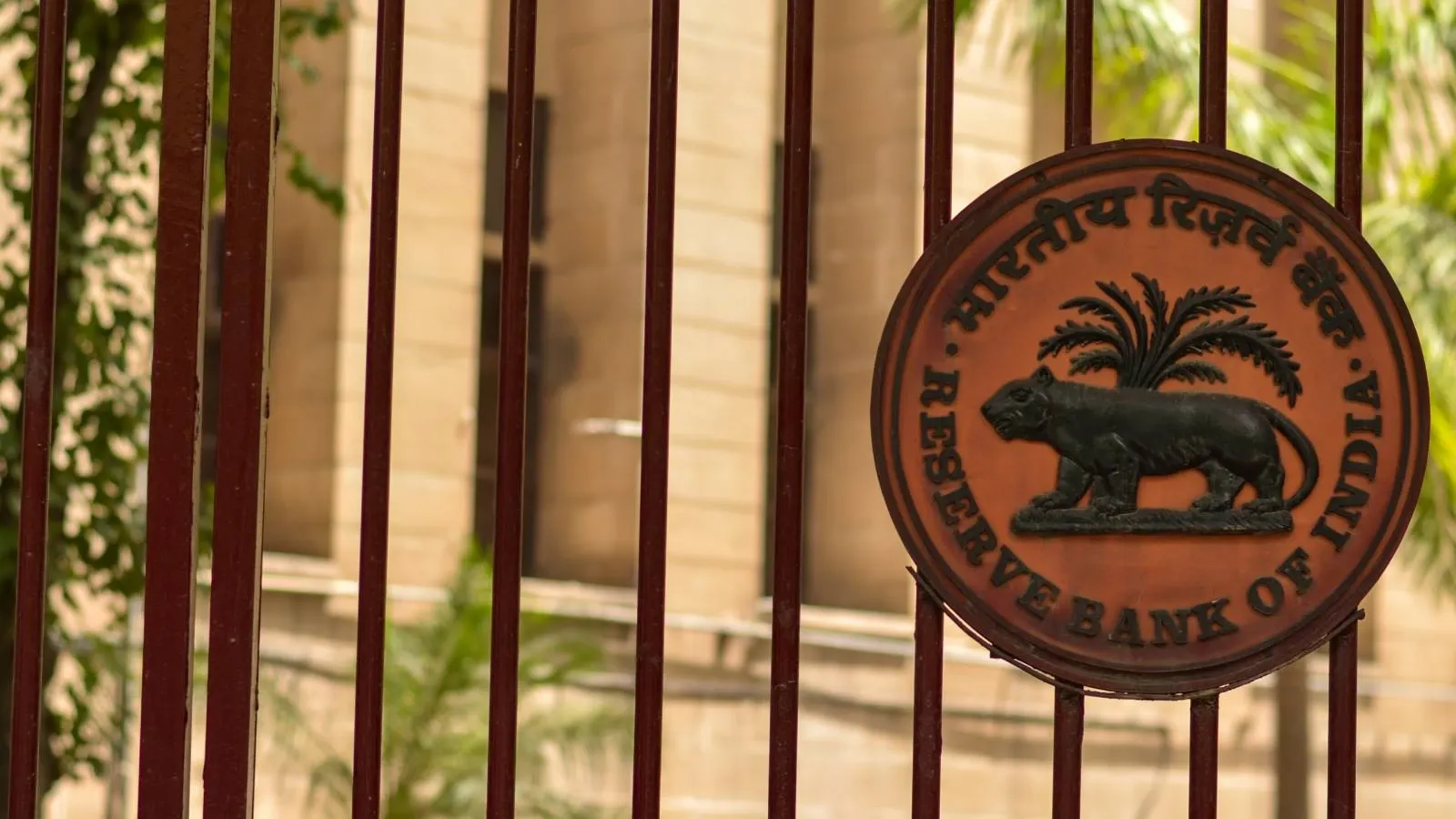Personal Finance News
ICICI Bank announces same-day cheque clearance from October 4; here’s how to get this benefit

4 min read | Updated on September 23, 2025, 18:31 IST
SUMMARY
According to ICICI Bank, cheques above ₹5 lakh without Positive Pay confirmation will be returned. Positive Pay is when a customer re-verifies the details mentioned on the cheques issued electronically.

More banks are expected to make similar announcements in the coming days before October 4.
In line with the Reserve Bank of India’s new banking rules introduced in August, ICICI Bank has announced that, from October 4, 2025, it will clear all cheques on the same day of presentation.
ICICI Bank, in an email, informed its customers about the same-day cheque clearing and said that the cheques will need to be deposited within the respective branch cut-off time for same-day clearance.
For quick clearance, the bank advised customers to issue cheques with accurate information and ensure sufficient balance.
The move is aimed at ensuring quicker fund availability, reducing delays and offering convenient services to its users.
“As per RBI guidelines, to avoid fraudulent cheque transactions, ICICI Bank encourages customers to use the Positive Pay feature,” the email said.
For cheques above ₹50,000, Positive Pay is recommended, and it is mandatory for those above ₹5 lakh.
More banks are expected to make similar announcements in the coming days before October 4.
What is Positive Pay?
Positive Pay is basically when a customer re-verifies the details mentioned on the cheques issued electronically. The details include account number, cheque number, beneficiary name, cheque amount and date.
As per ICICI Bank, cheques above ₹5 lakh without Positive Pay confirmation will be returned.
Key things to remember while submitting a cheque
- Make sure amounts match in words and numbers
- The cheque must have a valid date
- Changes, overwriting or corrections in the beneficiary’s name, amount or date aren’t allowed
- The drawer’s signature must match the signature available with the bank
RBI banking rules
In August, the RBI introduced a faster cheque clearance mechanism to reduce the settlement time to just a few hours, from up to two working days currently.
Currently, the Cheque Truncation System (CTS) works on a batch-processing basis. The CTS is the digital system used by banks in India to process and clear cheques.
Instead of sending physical cheques across cities, a cheque is scanned, and its image and all details are sent electronically to the drawee bank. This makes the system more efficient.
Presently, the CTS works in batches, like the morning batch, afternoon batch and evening batch. This means that cheques deposited before the cut-off time are included in that batch and sent for clearing.
For example, if the cut-off time for the morning batch is 11 am and you deposit your cheque before 11 am, it will be included in the 11 am batch and the bank will process it in that cycle.
So if you deposit late in the day, your cheque might only get processed the next business day.
Now, the RBI has upgraded the CTS to a continuous clearing and settlement-on-realisation model. This means that cheques will be processed as and when they are deposited and scanned by the bank, instead of waiting for a batch. The drawee bank (the cheque issuer’s bank) has to accept or reject the cheque in (almost) real-time.
“It has been decided to transition CTS to continuous clearing and settlement on realisation in two phases. Phase 1 shall be implemented on October 4, 2025, and Phase 2 on January 3, 2026,” the RBI had said.
This change will be implemented in two phases.
Under this system, banks will scan and send cheques to the clearing house continuously between 10 am and 4 pm, and the clearing house will send cheque images to the drawee bank immediately.
Phase 1 starts from October 4, in which drawee banks must confirm cheques by 7:00 pm on the same day. If no confirmation is received by 7 pm, the cheque will be automatically approved for settlement.
In Phase 2, which starts in January 2026, the confirmation time will be reduced to three hours. So, for example, if you deposit a cheque at 10 am, it must be confirmed before 2 pm, else it will be treated as approved.
Settlement in this phase will be done hourly from 11 am until the close time of the cheque presentation window. When the settlement is complete, the presenting bank must release funds to customers within an hour after standard checks and verifications.
Related News
By signing up you agree to Upstox’s Terms & Conditions
About The Author
Next Story




